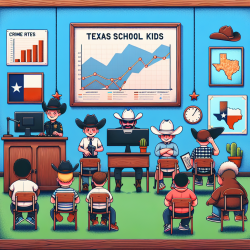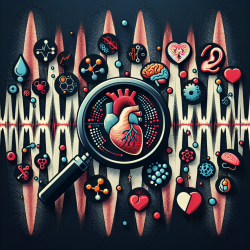Understanding the Psychosocial Predictors of Adolescent Sexual Behavior
As a practitioner working with adolescents, understanding the psychosocial predictors of sexual initiation and high-risk sexual behaviors is crucial. The research article, Psychosocial predictors of sexual initiation and high-risk sexual behaviors in early adolescence, provides invaluable insights that can enhance your practice and improve outcomes for the young people you work with.
Key Findings from the Research
The study identifies that externalizing factors, such as substance use and violent delinquency, are more predictive of sexual risk in early adolescence than internalizing factors like anxiety and depression. Specifically, increased substance use and violent behavior during middle school were associated with higher rates of sexual initiation and engagement in high-risk sexual behaviors.
Interestingly, anxiety was found to have a protective effect, with increased anxiety correlating with lower rates of sexual initiation. This suggests that anxiety may limit risk-taking behaviors, or alternatively, that the intimacy of intercourse may be seen as a means to release anxiety.
Implications for Practice
These findings highlight the importance of addressing externalizing behaviors in prevention programs. Here are some actionable steps you can take:
- Implement multi-dimensional programs that address substance use, violence, and sexual health concurrently.
- Incorporate violence reduction strategies into sexual education programs.
- Provide targeted interventions for adolescents exhibiting externalizing behaviors, as they are at higher risk for engaging in high-risk sexual behaviors.
By focusing on these areas, you can help delay sexual onset and reduce high-risk sexual behaviors among adolescents.
Encouraging Further Research
While this study provides valuable insights, there is still much to learn about the psychosocial factors influencing adolescent sexual behavior. As a practitioner, you are in a unique position to contribute to this field of research. Consider collaborating with researchers to explore these factors further, particularly in diverse populations and settings.
To read the original research paper, please follow this link: Psychosocial predictors of sexual initiation and high-risk sexual behaviors in early adolescence.










